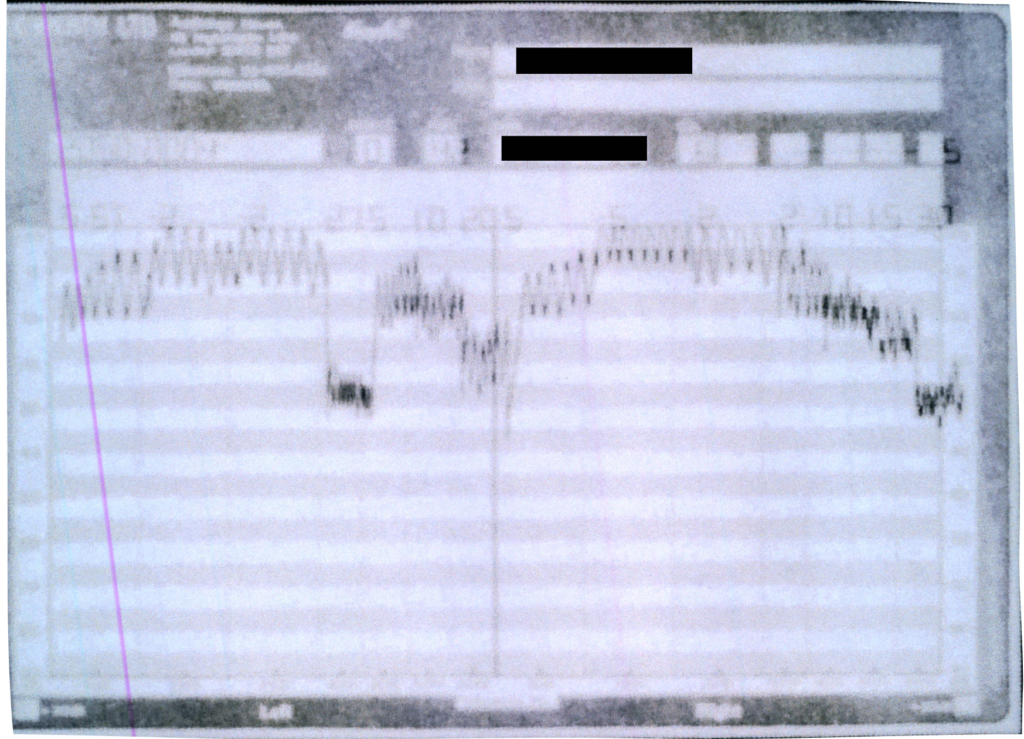This short article looks at ‘adjusting’ self-recording audiometry in order that it might be compared to manual audiometry such as pure tone audiometry.
There is much debate as to the utility of occupational hearing audiometry in NIHL cases. The value and reliability of the previous audiometry might depend on which side is making the argument. It might also depend on whether the audiometry supports later audiometry or not.

Békésy invented the first such audiometry equipment, and so the name is sometimes used to describe all such audiometry. However, other manufacturers later manufactured self-recording equipment.
Self-Recording Audiometry compared to Pure Tone Audiometry
Self-recording audiometry is where the frequency, the changes in hearing levels, and the recording are all done automatically. This can be done as a continuous sweep, such as Békésy’s original equipment, or at fixed frequencies. For pure tone audiometry an audiologist manually changes the frequency and hearing levels, and manually records the results.
However, putting aside arguments as to the utility of such audiometry for another day, self-recording audiometry (as seen in the audiogram seen on this page) does not result in directly comparable readings to manual audiometry. Firstly, the recorded thresholds are found to be ‘better’ than pure tone audiometry. Secondly, self-recorded measurements are not in 5 dB steps as for pure tone audiometry.
Accordingly, BS 6655, as noted in ‘the Black Book’ (Guidelines for Medicolegal Practice, Assessment of Hearing Disability, King, Coles, Lutman & Robinson) gives a formula to adjust threshold readings from self-recording audiometry to manual/ pure tone audiometry.
The formula
The formula is straightforward and easy to adjust:
“Add 3 dB to the self-recorded measurement, then round to the nearest 5 dB”
Example
The example in the Black Book gives results for two tests:
| 1 kHz | 2 kHz | 3 kHz | |
| Self-recording measurement | 24 | 26 | 43 |
| Manual recording equivalent | 25 | 30 | 45 |
| 1 kHz | 2 kHz | 3 kHz | |
| Self-recording measurement | 22 | 24 | 51 |
| Manual recording equivalent | 25 | 25 | 55 |
For Practitioners:
Use of occupational health audiometry, especially self-recording audiometry, is often controversial in NIHL cases. Experts often disagree as to what degree such audiometry can be relied upon, if at all, and how accurate it is. However, if it is to be considered, then it is suggested that it should be ‘adjusted’ as set out in BS 6655 and ‘the Black Book’ before being compared to later manual/ pure tone audiometry.
Sign up for email alerts about new Updates:
Please contact me for any training requests in respect of related matters.
Parklane Plowden Chambers websites: Personal Page, Contact my clerks